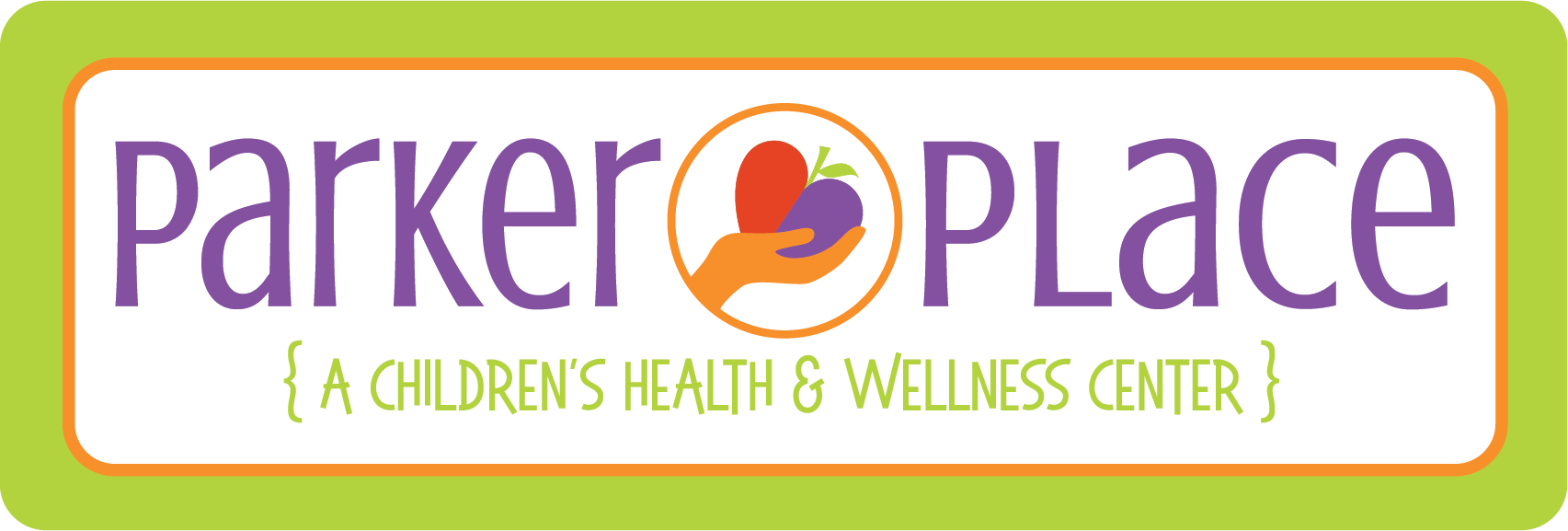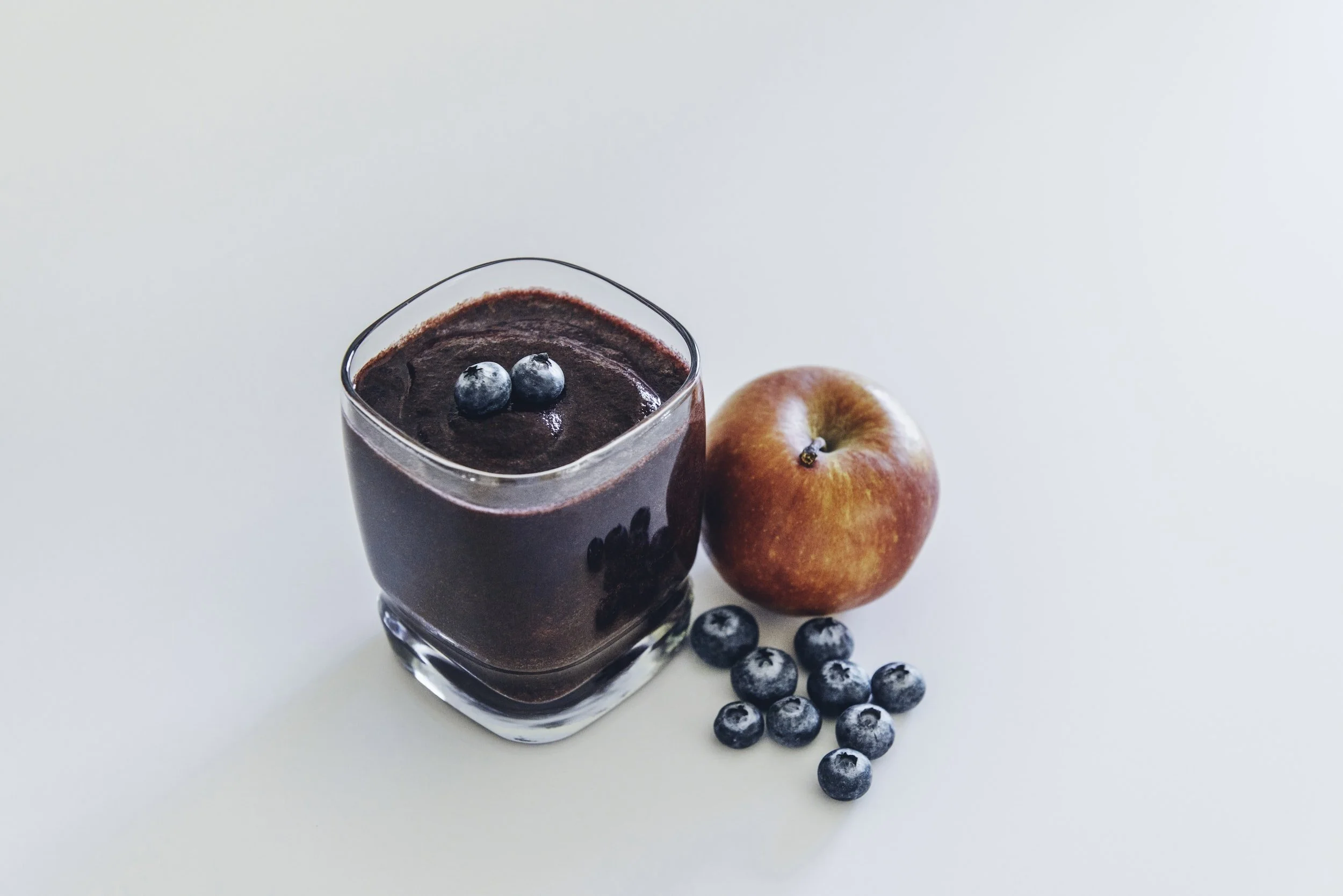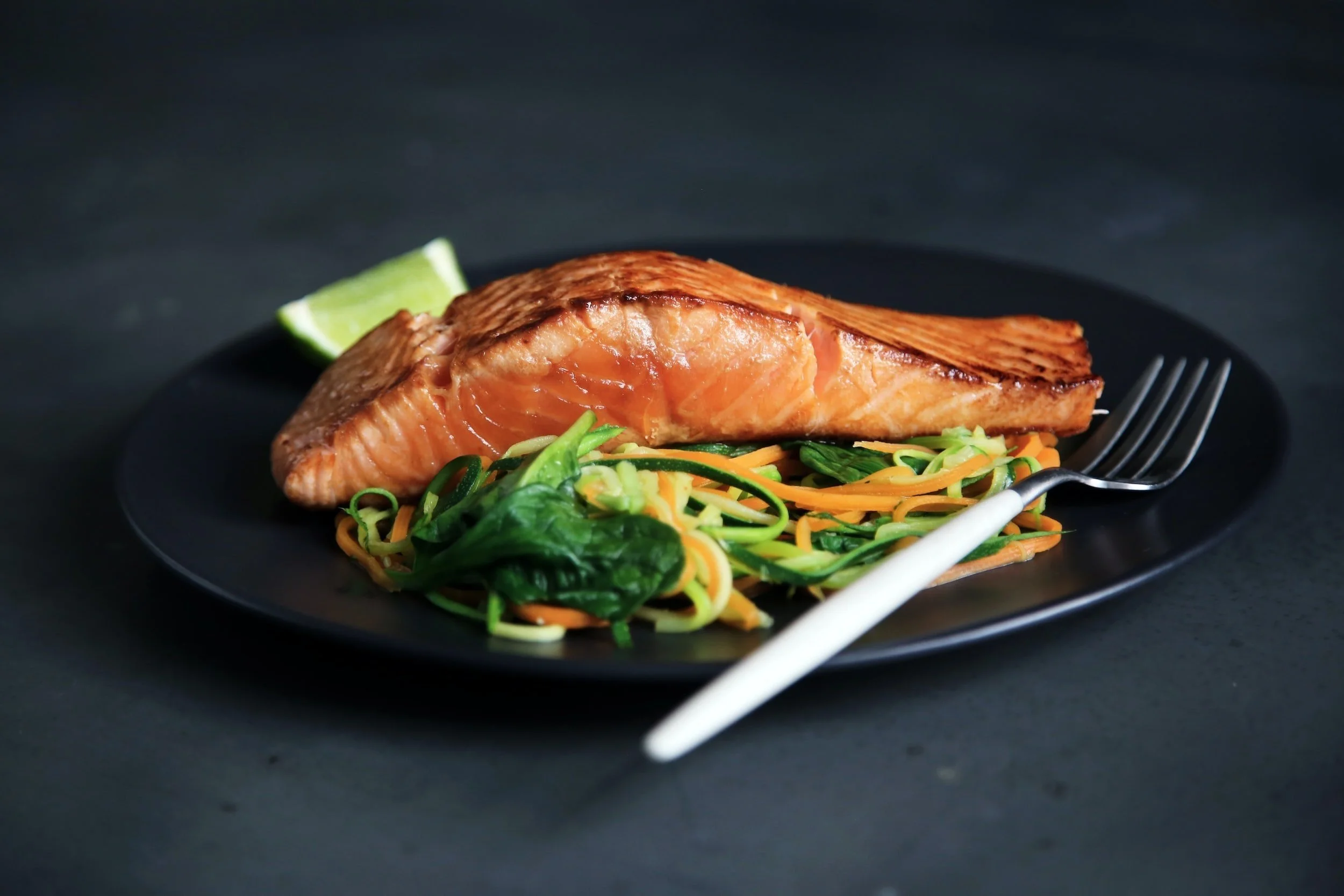Simple, Healthy, and Home-Cooked
WELCOME!
We have put together some resources to inspire you and your family to make healthy eating easy, affordable, and FUN! Maintaining a healthy diet is based on making “healthy”, nutrient-dense choices often, and limiting the amount of “unhealthy” choices you make. Healthy eating involves grocery shopping and meal preparation. We know that kids' schedules are busy so here are some tools to make your life a little easier. We’ve provided a variety of healthy recipes that were designed or adapted to provide simple, minimal-ingredient recipes that the whole family can enjoy!
GROCERY SHOPPING
The grocery store can be an overwhelming place. So many people are zooming through with their carts and you begin to question the debate of purchasing organic vs. regular produce. Let alone trying to buy budget-friendly items. Here is a basic guide that will help make grocery shopping a more enjoyable experience for you and your family.
Never go to the grocery store HUNGRY!
Plan your meals for the week BEFORE you go to the store
Create a grocery list BEFORE you go to the store
Have a budget and stick to your list
Focus on the foods on the outside of the store
Avoid purchasing drinks
Don’t forget the protein
Consider when to buy frozen versus fresh
Here is an example of what a grocery list should look like and a table to create your own grocery list!
MEAL PREPARATION
Preparing your meals ahead of time can be a time and wallet saver. Here is a helpful guide that you can use to guide your meal-planning process.
Consider what you already have on hand
Plan it out!
Make meal planning a family activity
Make mealtime a priority
Prep ahead
If you want some guidance on how to plan for weekly meals, here is an example of a weekly meal planner and your own table to create your own weekly meal planner.
ORGANIZING YOUR PANTRY
Having a well-stocked pantry can help you throw together meals during those busy weeks, or when you run out of ideas for meals. Here is a guide that outlines canned and dry goods, condiments, spices, and refrigerator versus freezer items that should serve as staples in your pantry!
Are you wondering how long certain foods should stay in the freezer? Use this frozen food guide to make sure you are maximizing your food storage.
BREAKFAST RECIPES
Oatmeal Recipes: Do you struggle to identify quick and tasty breakfast meals that your child can enjoy? Oats can be used in a variety of quick and easy recipes such as savory or sweet oatmeal, overnight oats, oatmeal cups, and banana oat pancakes. Oats are filling and a good source of protein. Add in some fruit, nuts, seeds, spices, and flavors to create a tasty, hearty meal that helps you feel full and energized to start your day!
Smoothie Recipes: Another great quick and easy breakfast recipe is smoothies. You may want to use frozen fruits as a budget-friendly option to avoid any fruits going bad. Make the smoothie higher in protein content by adding leafy greens, Greek yogurt, rolled oats, and seeds.
Egg Recipes: Eggs are a great source of protein, but make sure you are including some fiber and healthy fats by adding in veggies or having whole grain toast and fruit on the side. Here are some recipes to cook eggs in different (egg cups, scrambled eggs, casserole, and frittatas) to avoid getting tired of eating the same meal!
LUNCH RECIPES
These recipes come with healthy substitutions to make meals vegetarian or eliminate unhealthy meats. Each link will provide you with ingredients and simple directions.
Soup Recipes: This is a great option for a hearty, easy, one-pot meal. Follow these simple soup recipes below! Be sure to use low-sodium broth. If you are wanting a creamy but healthy version of any of these soups, add in 1-2 cups of coconut milk and enjoy! You could always add freshly squeezed lemon juice for a little extra flavor.
Wraps and Sandwiches Recipes: When making a wrap or a sandwich, choose whole grain bread like “Dave’s Killer Bread,” or try sprouted bread like “Ezekiel” You can even try making a lettuce wrap by using a head of romaine, iceberg, or bibb lettuce instead! Follow these recipes that require little to no cooking.
Salad Recipes: Salads are a great way to incorporate lots of nutrients into one bowl! Salads don’t have to be boring; here are some fun recipes to not always include lettuce as the base.
Dressing and Dip Recipes: Spice up your meals with some fun dressings, dips, and sauces! Making your own dressings at home is a much healthier option than store-bought items. When you make your dressings at home, you are not getting as many processed, unhealthy ingredients. Try making some dressings at the beginning of the week and storing them in a jar in the fridge for easy access throughout the week!
DINNER RECIPES
Often coming up with fun new recipes that the entire family can enjoy is tiring. We have put together 29 fun and simple dinner recipes for you and your family to enjoy. These include tacos, protein bowls, rice bowls, one-pan fish and chicken meals, shrimp meals, zoodles, pita pizza, and more!
SNACKS & SWEET TREATS RECIPES
The most filling and nutrient-packed snacks combine 2 or 3 of the following food groups: whole grains, fruits and/or vegetables, and healthy proteins or fats. When we eat snacks that are mainly grains or starches, we burn this fuel fast for energy and we feel hungry soon after! Try creating a mini-meal with your snacks and include several different food groups! Here are a couple of fun and easy recipes that will fill you between meals!



